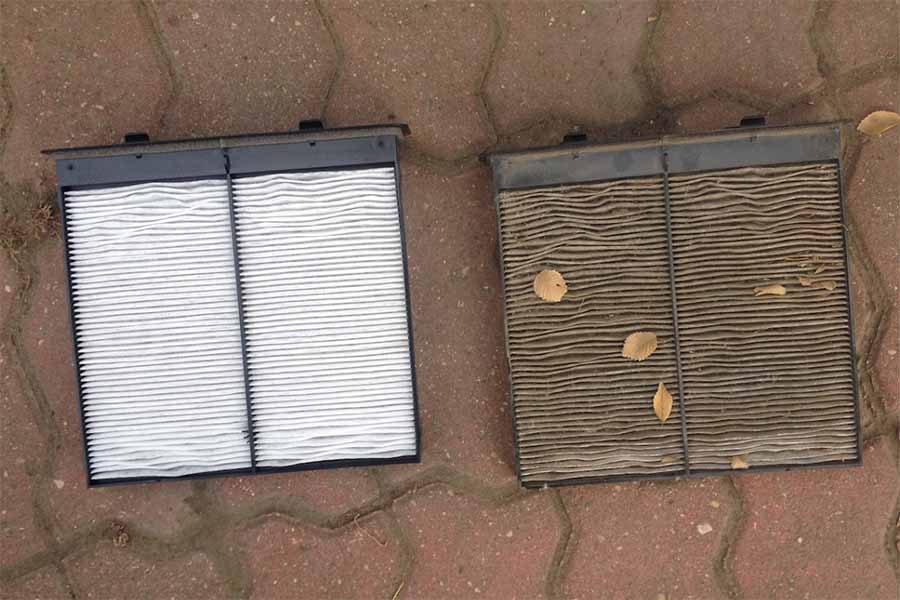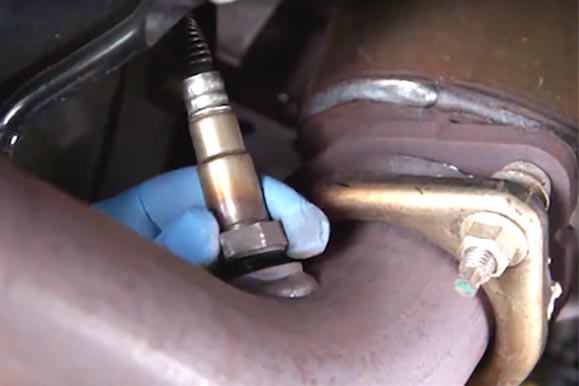Seeing a sudden decrease in gas mileage? Usually, it's not just because your car is getting old. Mechanical issues can be repaired, and you don't have to accept a 25% increase in fuel consumption. When your car starts using more gas and you don't know why, here's what to look at.

Start with the basics
First, if your decrease in gas mileage appears simultaneously with a "check engine" light, have a look at the trouble code. You can read it yourself with a code reader, or stop by Advance to have the code read for you. Modern vehicles are very sensitive to changes, and with a multitude of engine sensors, checking the code will narrow down the potential list of engine problems. There are plenty of problems that can cause a drop in fuel economy and register a trouble code. If a "check engine" light is not displayed, take a hard look at any recent repairs or maintenance. Did you swap out fuel injectors last weekend? Did the engine start burning more fuel after you replaced the spark plugs? Double check your work by ensuring the installation was performed properly.
Then start with the easiest, cheapest, and most-likely problems. A bottle of fuel system cleaner costs under $10 and can help solve fuel deposit issues. If you regularly run the cheapest gas from sketchy fuel stations, you may have carbon buildup or even a tank of “bad" gas. A bottle of fuel system treatment and a full tank of fresh gas could be the easy and cheap solution you're looking for.
In the Engine Bay: Air & Fuel
As with anything else, it's important to start with the simplest stuff before jumping to any conclusions.
You probably know the last time you changed your oil, but when did you last change your air filter? As the air filter does its job of keeping dirt and contaminants out of your engine, its ability to pass clean air is reduced. That reduced air flow means increased effort to do the same amount of work, burning more fuel to get you up to speed. Replacing a dirty or clogged air filter is incredibly easy with this how-to.
If the air filter is new, and there is a "check engine" light, have a look at the emissions system. The emissions devices are designed to keep the exhaust as clean as possible, and when they degrade over time, it causes a signal loss to the PCM, which sends an incorrect amount of fuel to the engine. Devices like the EGR valve, MAF sensor, and oxygen sensor can dramatically decrease gas mileage when they fail. A failed oxygen sensor can cause a 40% decrease in fuel economy, quickly causing you more in gas than the price of the sensor. A failed oxygen sensor is also pretty easy to diagnose, as it will cause a rich-running condition and (often) black smoke from the tailpipe.
After emissions, check for faulty fuel or electrical systems. Start with the easy parts, like checking for fouled spark plugs, or a clogged fuel filter. If your owner's manual says the recommended service interval on spark plugs is almost due, go ahead and replace them. Most modern vehicles no longer have a stand-alone fuel filter, instead integrating it into the fuel pump. If yours is a separate piece, and you are getting symptoms of low fuel pressure, here's how to swap the fuel filter.
Underneath: Suspension & Exhaust
Outside the engine bay, there are a few other places to look for malfunctions that burn more gas. Start by checking the tire air pressure with a $3 tire pressure tool. Inflate to the correct PSI at a gas station or with your own portable tire inflator. People often forget the effect of tire pressure on fuel economy, but a single tire that's down 1 psi in pressure will cost you 0.4% in fuel economy. Don't, however, be tempted to goose your mileage by overinflating tires—that will just wear the tires out quicker and cause a harsh ride and squirrelly handling.
If you recently upgraded wheels and replaced your factory 19" aluminum wheels with heavy 24" chromed steel wheels, you're experiencing reduced gas mileage due to the increased wheel weight. You might have noticed poor braking performance, erroneous speedometer readings, and slower acceleration, too, and there isn't anything you can do here besides going back to a lighter wheel and tire combination.
Another common problem that eats extra gas without displaying a "check engine" happens when the vehicle needs an alignment. If you let go of the steering wheel while driving, does the vehicle pull to one side? If there is uneven tire wear, or you can drive straight while the steering wheel is turned, have the alignment looked at by a professional. It means that one tire is trying to steer the vehicle in another direction and is being dragged along by the other tires. A vehicle in need of alignment can increase gas consumption by 10% and quickly wear through new tires.
If your vehicle noticeably slows down when you lift off the throttle, you may have a stuck brake pad. If the vehicle is older and using the factory brake lines, the old brake fluid can corrode the inside of the brake line, causing it to collapse internally while showing no external signs of damage. This means the brake pad gets stuck pressed to the rotor. You can still drive, but it will need more fuel to maintain speed and will quickly wear out the pads and rotors. Check the wheel temperature after a drive by placing a gloved hand on each wheel, or by using a nifty IR thermometer. If one wheel is noticeably hotter than the others, take a hard look at the pads and brake lines. Remember to prevent this damage by changing your brake fluid on time Other brake issues that can cause pads to drag are worn-out hardware, a stuck caliper piston, and slides and pins that aren't greased enough.
If you regularly drive down dirt roads or go off-roading, check the entire exhaust system for dented or crushed exhaust pipes. The exhaust flows spent gasses away from the engine, so a crushed pipe can cause a buildup of gasses that prevents the engine from working efficiently. The catalytic converter fails over time as carbon deposits coat the insides, preventing the catalytic process from taking place. This results in increased emissions, a terrible smell, and poor engine performance.
Hopefully this gets your fuel consumption back in line. Ever solved a problem that was burning more gas? Let us know what fixed it in the comments below.







